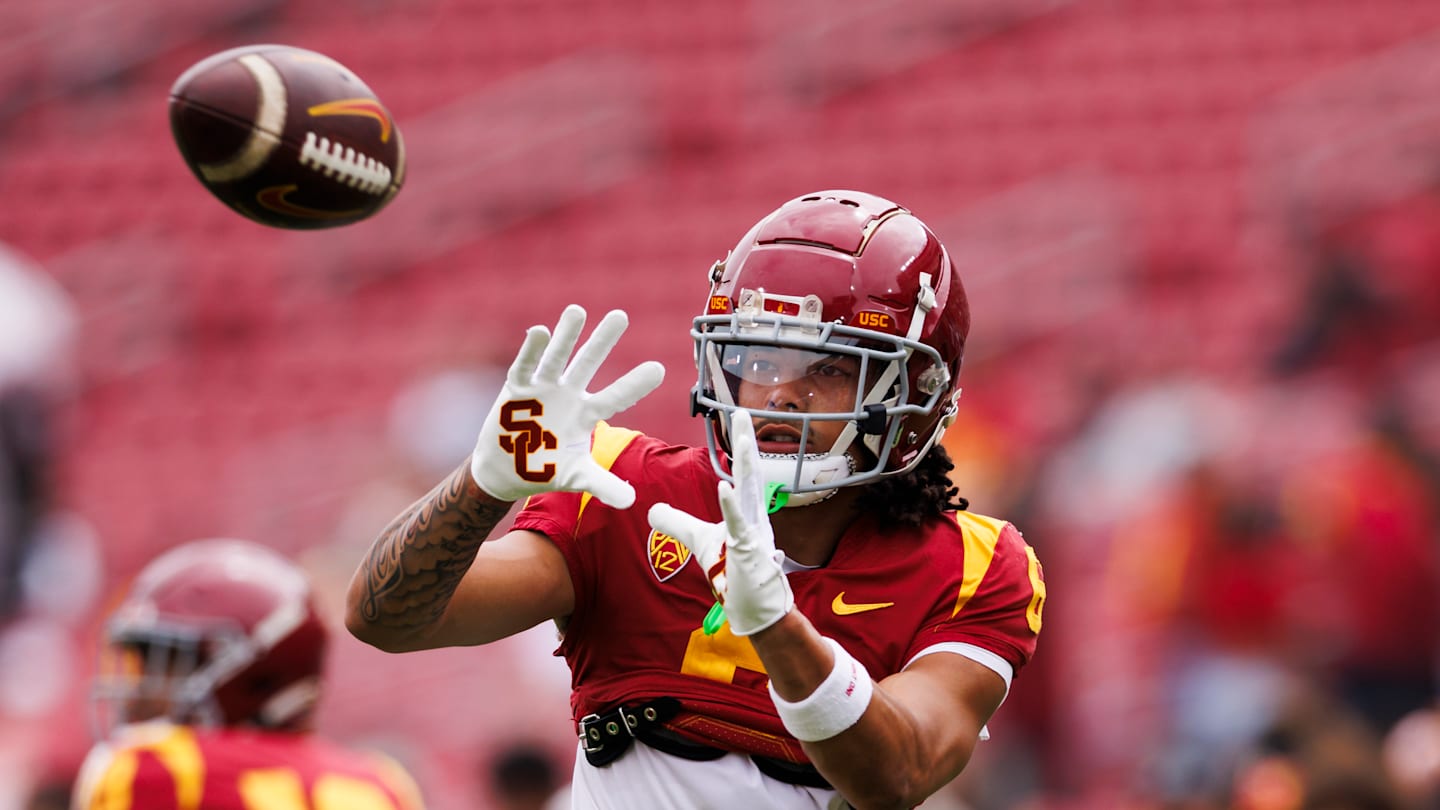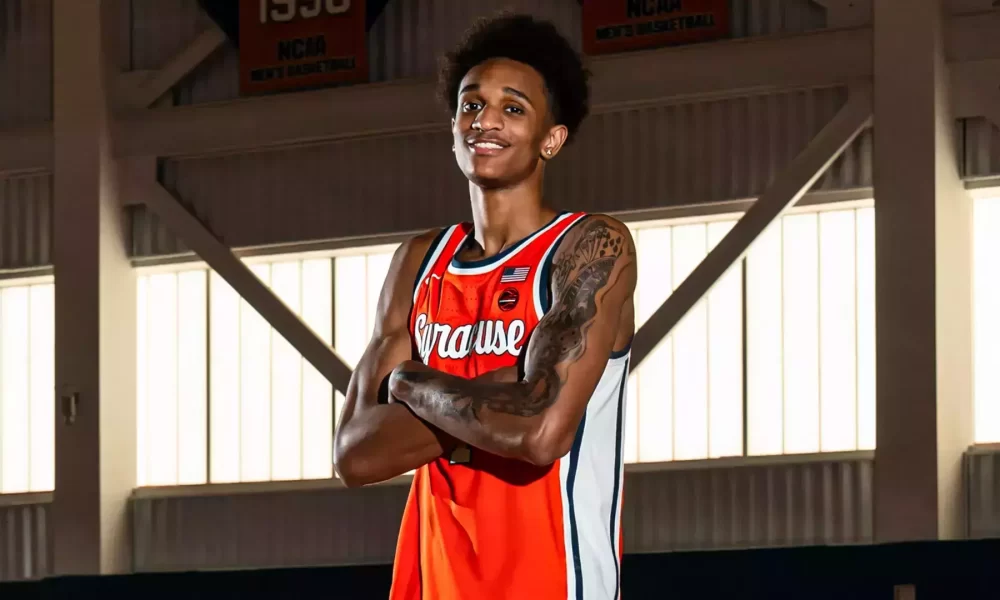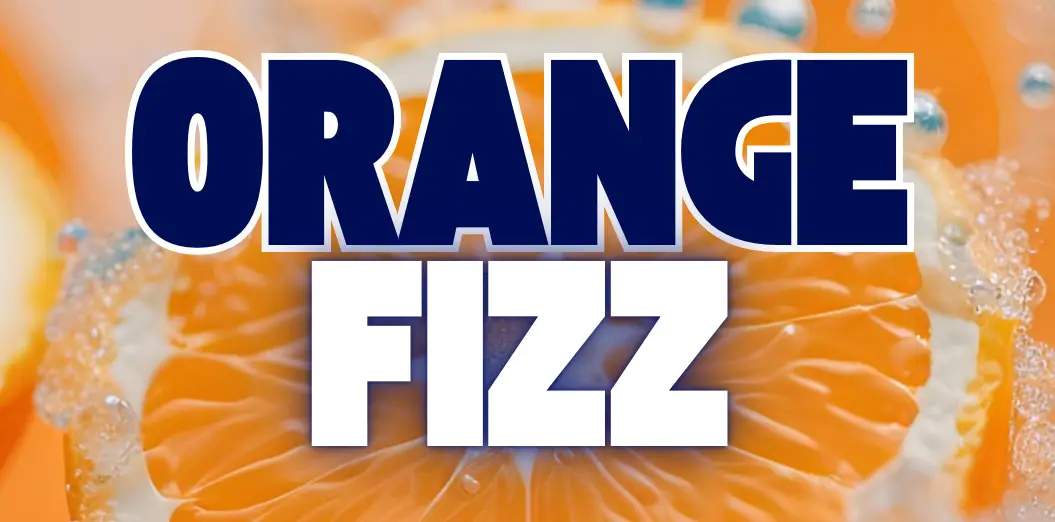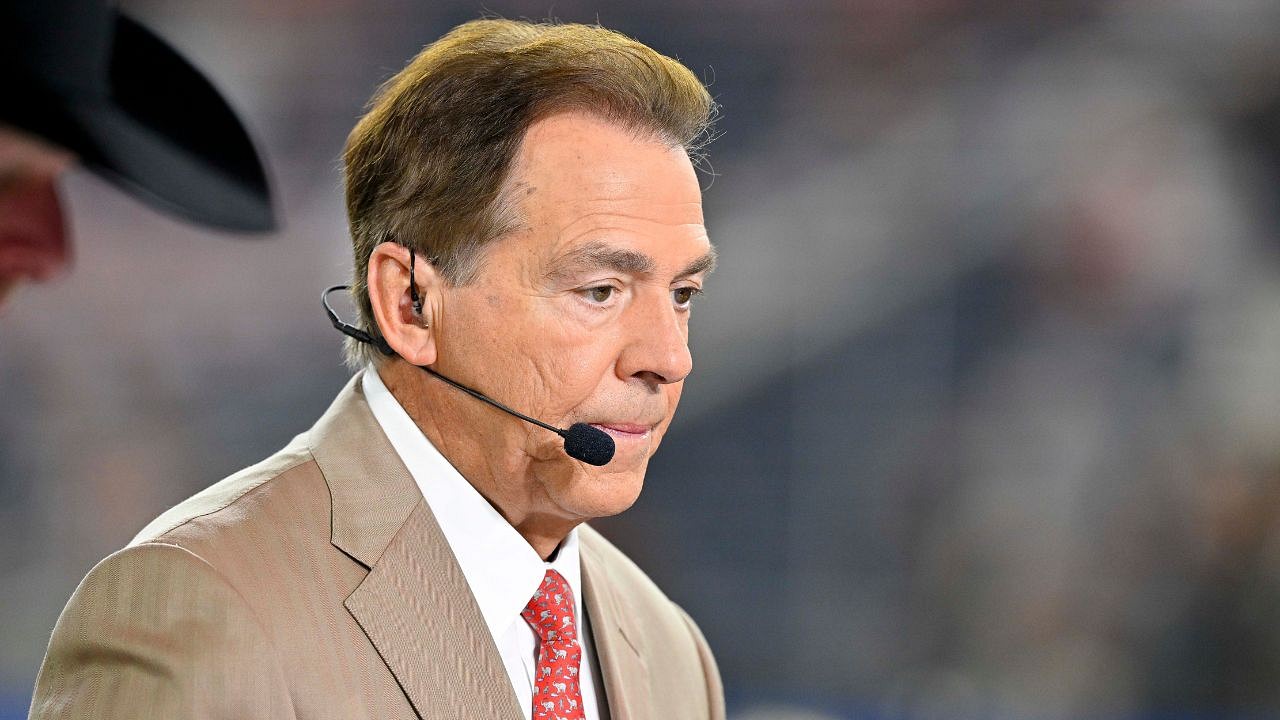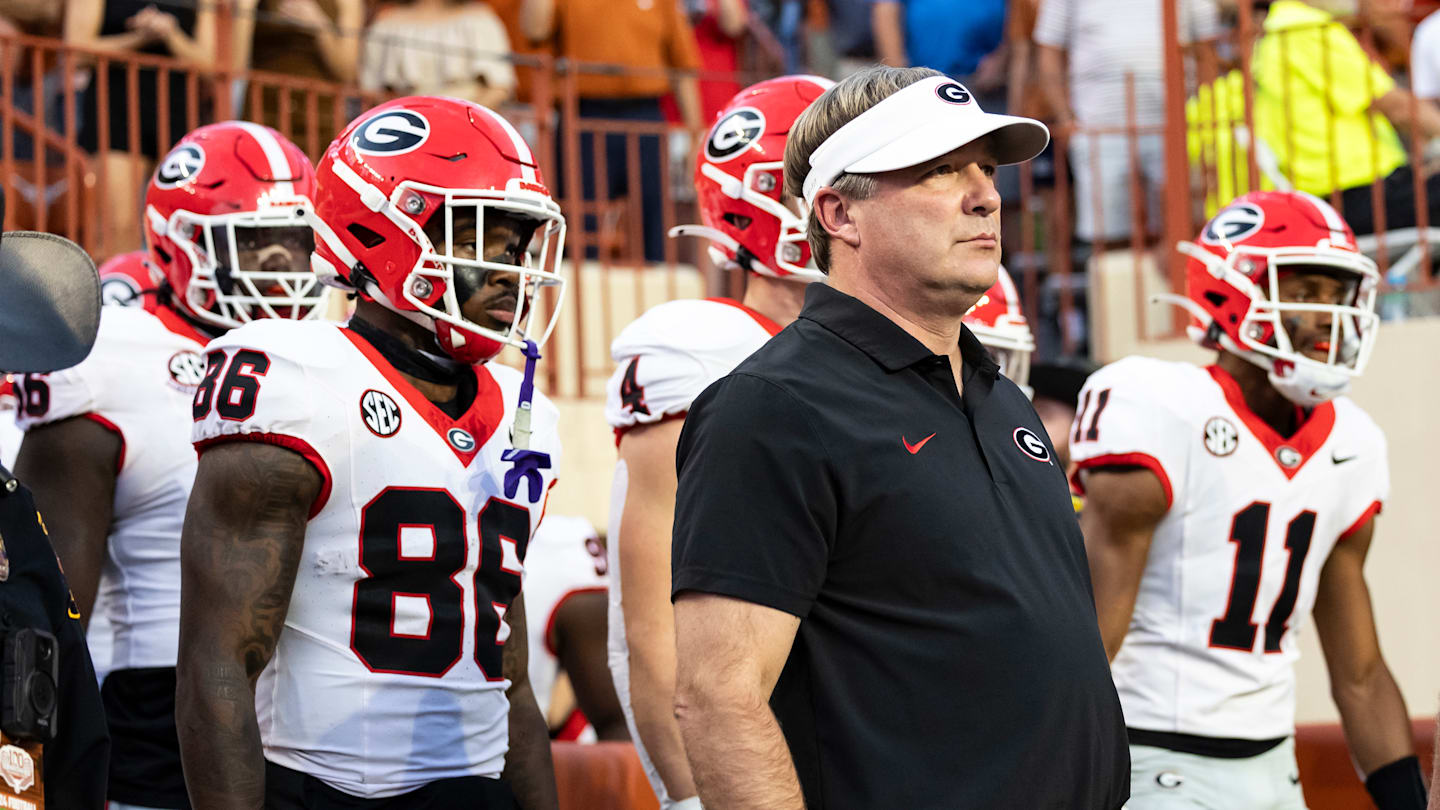Nick Saban has always been critical of the negative impacts of Name, Image, and Likeness, commonly known as NIL. It actually ended up being one of the reasons he retired from coaching. Recently, Saban talked about how we’re starting to see the harmful ramifications of the current system, just as he had been warning for years.
It’s not that Saban is completely against NIL. In fact, he thinks it’s a great tool for players to use to gain leverage. But at the same time, he believes it has ruined the college experience.
Why? Because important things like education and development have seemingly been swept under the rug.
“So, I made the statement, ‘Is this what we want college football to become?’ And I got very much criticized for that. And now that it’s become that, a lot of people think it’s had a somewhat negative impact on things, like we don’t talk about education anymore,” Saban said on Pure Athlete.
The former head coach would go on to mention that, when he was at Alabama, the team had an 87% graduation rate. Despite this, people often claimed he had recruiting advantages and that he wasn’t teaching the right things. Yet clearly, Saban always emphasized academics.
Saban understood that only about 2% of his players would go on to play professionally, so he focused on preparing them for careers beyond football.
But now, Saban sees young players constantly trying to capitalize on NIL money rather than focusing on development and long-term success. Even more concerning, players who aren’t good enough to make it to the next level often fail to consider that reality. They see the money, assume they’ve made it, and settle.
“We changed that dynamic when we started paying players, and players were no longer going to college to see how they could create value for the future. But they were choosing colleges and making decisions about college based on how much money they could make. And when you change that dynamic, it changes a whole bunch of things,” Saban said.
It’s very true what the legendary college coach professed. We’ve seen players choose schools just to secure money, only to turn around and transfer elsewhere by season’s end.
Even a lawsuit has arisen between the University of Wisconsin and the University of Miami over defensive back Xavier Lucas’ eligibility and possible tampering. It’s felt like a complete mess. And it’s possibly because players are focusing on the wrong things now with NIL money in the fold.
But what’s the solution? Saban doesn’t know. He likes the new agreement that was signed to share revenue between all schools in a conference. Additionally, he thinks schools will need to start employing a marketing team that specializes in assigning a numerical value to a player’s NIL. Other than that, Saban doesn’t have too many ideas. Although, like many others, he thinks there has to be a system in place.
All in all, maybe Saban was right all along. Maybe NIL was never a good idea, and it has forever ruined the purity that college sports used to have. But one thing is for sure, there’s no going back now.
The decisions have been made, lawsuits are happening, and kids are collecting. Stopping it all now would likely create even more controversy than we’re seeing at the moment. Everyone agrees college athletes should be compensated to some degree, but so far, the implementation has been terrible.





